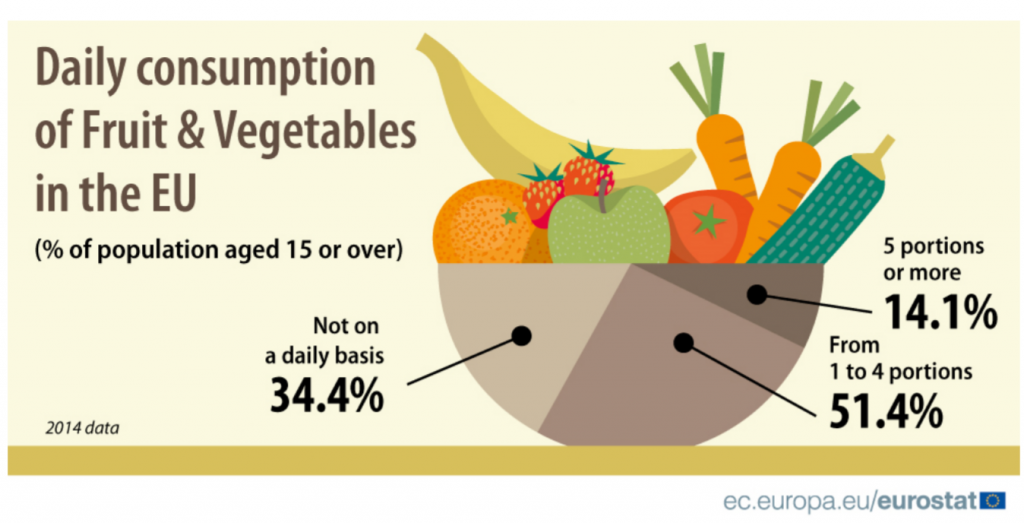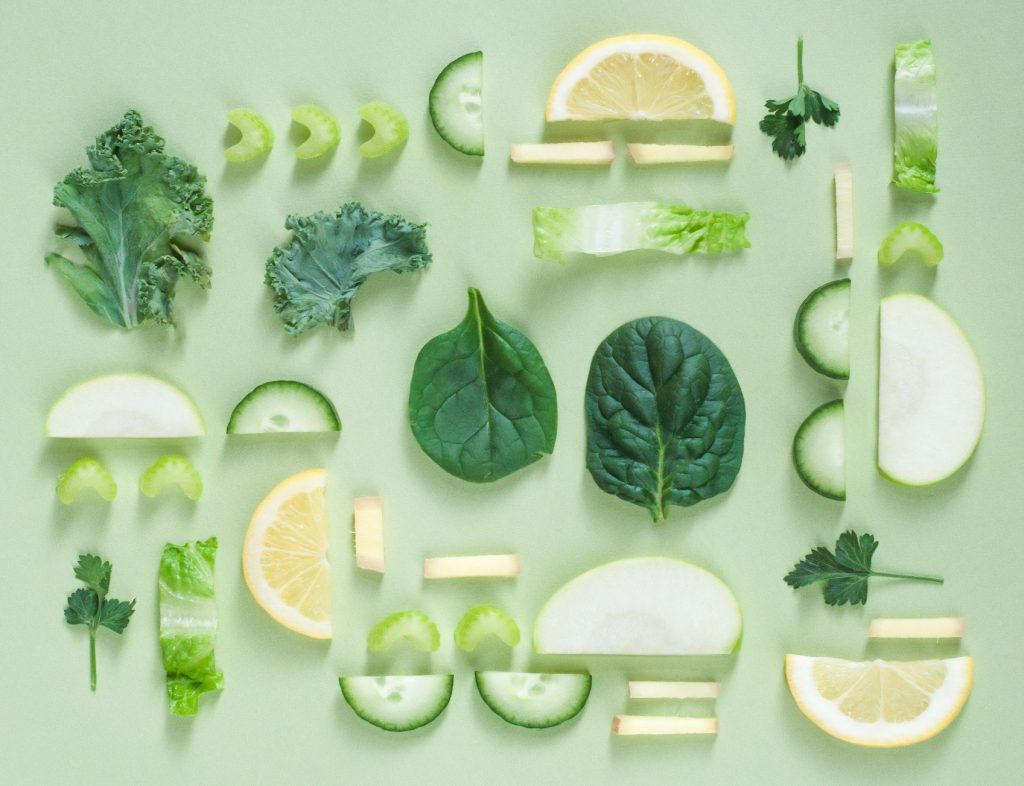Lutein and Zeaxanthin – Eye-Friendly Nutrients
Researchers have found out that the carotenoids lutein and zeaxanthin can prevent cataracts and AMD. These ingredients act as antioxidants and they are the only carotenoids that exist in our eye.
Cataracts and age-related macular degeneration (AMD) are the leading causes of visual impairment and blindness. And the visual performance is a key quality of life issues among millions of aging people. Due to the severity and irreversibility of cataracts and AMD, there are many researches going on to prevent or delay the progression of these diseases. Nutrition is one promising means of protecting the eyes from these diseases.
Research—Lutein and Zeaxanthin and AMD
One of the first large studies on carotenoids is the Eye Disease Case-Control Study, in which diet was compared to the risk for developing AMD. Results found a significantly lower risk for developing the eye disease in people with high amounts of lutein+zeaxanthin in their blood. Also, those people eating a diet with the most lutein+zeaxanthin (as much as 5.8 milligrams (mg) per day) had a significantly lower risk for AMD than those whose diet contained the least amount (as low as 1.2 mg per day). Dietary studies confirmed the association between frequent consumption of spinach or collard greens, particularly good sources of lutein and zeaxanthin, and lower AMD risk.
Similar results were found in a recent analysis of a national dietary study called the Third National Health and Nutrition Examination Survey or NHANES III. This analysis also showed that consuming 6 mg per day of lutein+zeaxanthin was associated with reduced risk for developing AMD.
Research—Lutein and Zeaxanthin and Cataracts
Lutein and zeaxanthin intake and its relationship to risk of cataracts have been examined in four recent observational or epidemiological studies:
The Nurses’ Health Study found that consuming high amounts of lutein+zeaxanthin reduced the need for cataract surgery. Intake among this group was approximately 6 mg per day. The Health Professional’s Follow-Up Study also found that high amounts of lutein+zeaxanthin (6.9 mg per day) lowered the need for cataract surgery. The five-year follow-up to the Beaver Dam Eye Study showed that people who got the most lutein+zeaxanthin had a much lower risk for developing new cataracts than people had the least amounts. A study of 372 men and women aged 66-75 in England found that the risk for a specific type of cataract was the lowest in people with the highest amount of lutein in their blood.
Good Food Sources of Lutein and Zeaxanthin
Given the positive association between lutein and zeaxanthin and age-related eye disease, it seems prudent for people to obtain higher amounts of these nutrients from their daily diet.
Eating five servings of fruits and vegetables each day, as currently recommended by the National Cancer Institute and U.S. Department of Agriculture, can provide about 5 to 6 mg of carotenoids, including lutein and zeaxanthin, depending on variety and preparation.
However, most people in the EU are not eating five servings of fruits and vegetables each day. The average intake of lutein and zeaxanthin is approximately 2 mg per day. The studies suggest an intake of 6 mg or more per day to decrease the risk of developing AMD and cataracts. If you find it difficult to increase the amount of these carotenoids in your diet, multivitamin/mineral and eye health supplements containing lutein and zeaxanthin are available.

Lutein and zeaxanthin are found together in many food sources. Dark green leafy vegetables are the primary source of lutein and zeaxanthin, but they are also present in lesser amounts in other colorful fruits and vegetables, such as broccoli, orange peppers, corn, peas, persimmons and tangerines.
The table below lists some possible food sources of lutein and zeaxanthin (mg/serving).
| Food/Serving (1 cup) | Lutein and Zeaxanthin | Lutein | Zeaxanthin |
| Kale | 20.5 – 26.5* | – | 1.1 – 2.2* |
| Collard greens | 15.3 | – | 5.1 |
| Spinach | 3.6 – 12.6* | 1.7 – 13.3* | 0.5 – 5.9* |
| Turnip greens | 12.1 | – | 0.4 |
| Broccoli | 2.1 – 3.5* | 1.4 – 1.6* | – |
| Corn, yellow | 1.4 – 3.0 | 0.6 | 0.9 |
| Peas, green | 2.3 | 2.2 | – |
| Orange pepper | – | – | 1.7 |
| Persimmons | 1.4 | – | 0.8 |
| Tangerine | 0.5 | – | 0.2 |
Source: American Optometric Association

